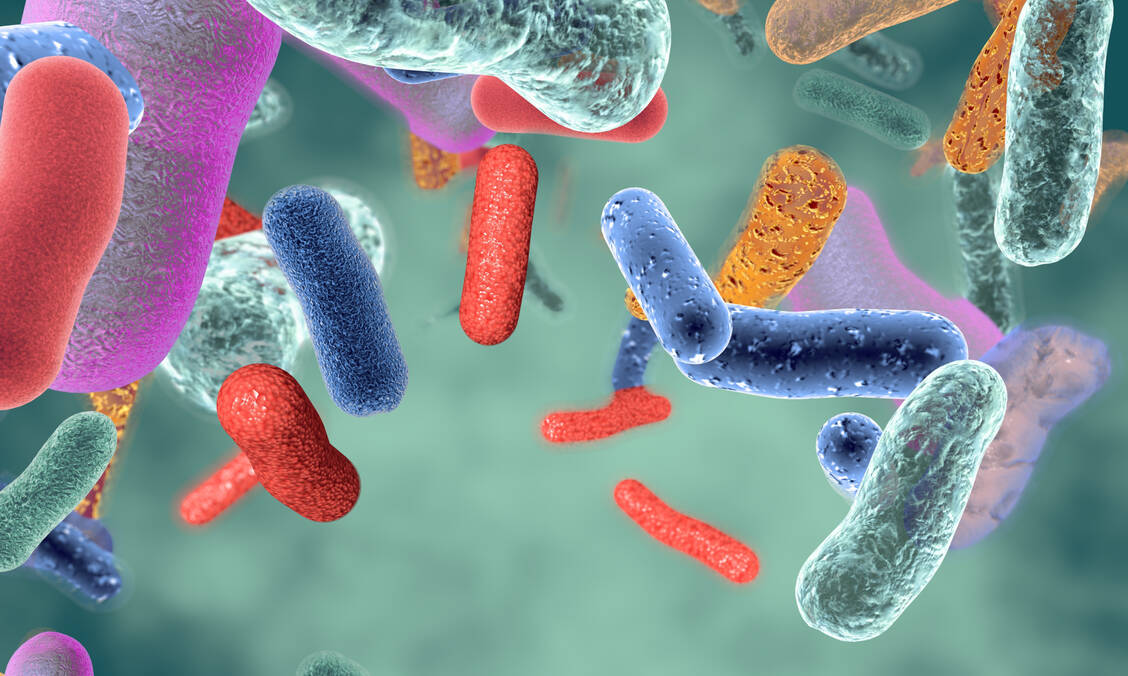In the vaginal area, lactic acid bacteria (Lactobacillus spp., LAB) dominate in Caucasian women of childbearing age. The female sex hormone estrogen controls the concentration of lactobacilli, which are also called Döderlein bacteria after the German gynaecologist Albert Döderlein (1860 to 1941). The group includes over 170 different species of differently sized, unflagellated, gram-positive rods. They produce lactic acid, and some also produce hydrogen peroxide, which has a disinfecting effect. Examples of lactobacilli of the vaginal flora are L. crispatus, L. gasseri, L. jensenii and L. iners.







